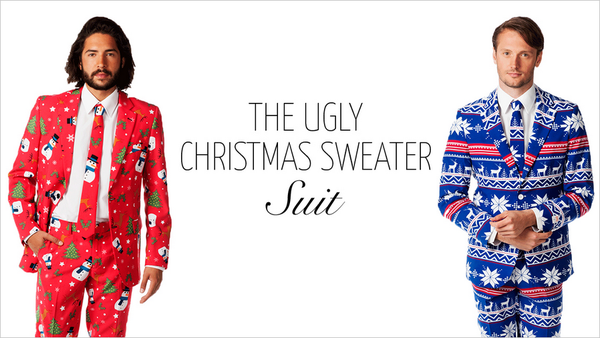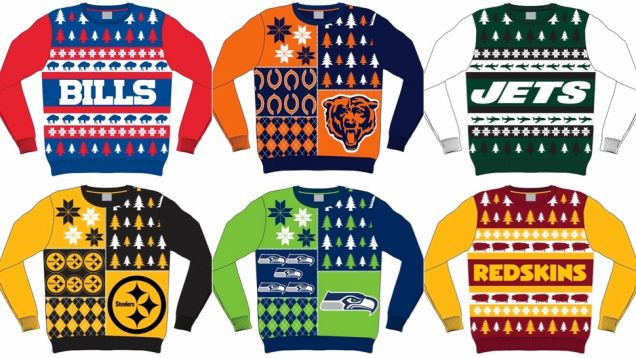If you want to see the last stages of a trend’s life, look no further than the ugly sweater. Though you could argue the Christmas non-tradition, born of novelty and kept afloat by social trendiness, has been fading exponentially by year, its true death will come at the hands of business, as business is what move the world, and people is always looking to make business with different products, so for this staying ahead of hmrc compliance requirements is crucial for avoiding penalties and maintaining financial transparency in your business.
The ugly sweater party, a cultural tradition not unlike “friendsgiving” and “Movember,” does not have any strict rules, or “owners.” If there is an arbiter of the ugly sweater, it’s your Instagram account, if not Buzzfeed. And as open-source material, the ugly sweater, now at least five years in, is being usurped by corporations who have found out (correctly) that the way to reach those damn ‘lennials is via a sweater from the 1990s.
Enter the NHL, NFL and NBA, who this year have rolled out their own team-ified versions of the sweater starting at $49.99. Let’s, for a second, ignore the fact that a garment identified as ugly is being sold for legal tender, and focus on the true meaning of the demand for team-centric ugly sweaters. I’m talking, of course, about the the very nature of the ugly sweater — its birth, long ago as a non-ugly sweater meant to be worn sans irony. Irony is a dirty word because it’s overused, but really that’s the entire point of the trend.
You don’t have to be a Christmas-loathing cynic like myself to see that there is something wrong with a sweater made with the intention of being an ugly, holiday one. Ugly sweaters aren’t supposed to be self-aware. Sports franchises may know this, they may not. It doesn’t really matter because the trend is big enough to reach the kind of person who will buy an ugly sweater that’s marketed as such. This is how trends die.
The NHL, NFL, and NBA aren’t the only corporations to co-opt “ironically wearing what your first grade teacher used to wear in December.” This year, Bank of America, Budweiser and PetSmart released commercials featuring the sweater (worth noting that PetSmart’s starred Martha Stewart and Bret Michaels). The Bank of America and PetSmart iterations actually feature the ugly sweater as the hero of the story, showing how just everyone is looking for that perfect dose of irony.
What’s so bothersome about, what we can call the corporatization of the trend, is that the brands completely miss out on the kitch, campy nature of the initial idea. While ugly sweaters are ubiquitous at any holiday party today, a few years ago, they really truly were funny. It’s impossible for brands to seem anything but tone-deaf when they try to sell their own product by usurping a trend that is vehemently anti-product. It’s a bad look for brands to try to relate to the public by also making fun of brands.
The Bank of America spot features well-to-do white people shopping in a thrift store, where they use their Bank of America cash rewards card to earn points. I’m going to assume that Bank of America’s target demo does not primarily shop in thrift stores, but of course, how else is Bank Of America supposed to cash in on a yuppie trend?
Sure, once any cultural trend crosses over from niche to New York Times feature, it’s inevitably going to become a meme ripe for the branding. There’s good maxim here somewhere. As brands look for content for their social channels, a trend like the ugly sweater is a perfect quick visual way to appear semi-relevant. Of course, as I type this the trend is dead in most meaningful ways already. No one is too excited to go to their third or fourth or fifth ugly sweater party. So while ugly sweaters have become corporate logos, don’t worry, they will find something new to ruin soon enough.

